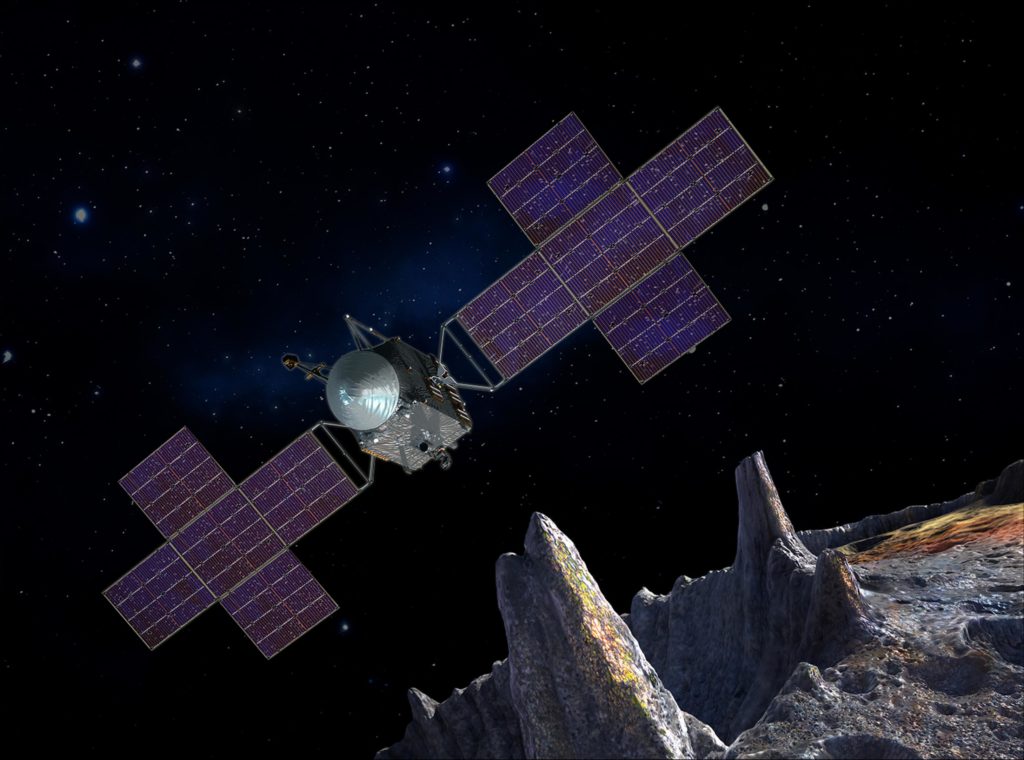Podcast: Play in new window | Download
Hello, and welcome to the reboot of The Weekly Weinersmith, celebrating the paperback release of our book Soonish: Ten Emerging Technologies That’ll Improve and/or Ruin Everything.
In chapter 2 of Soonish we discuss the field of asteroid mining. Intrepid entrepreneurs are devising ways to get to, capture, and then mine the asteroids, with an emphasis on the near earth asteroids. The resources they extract could be useful for our current space projects (like sending water to the international space station), and for future space settlements.
As we discussed in previous podcast episodes, it used to cost ~$10,000 per pound of stuff you sent into space. Part of that high price tag is because it takes so much energy to get stuff off our planet. With the right technology, it’s possible that collecting resources from asteroids could be easier and cheaper than trying to pry earth-bound resources from the grasp of earth’s gravity.
In the book we talk about hurdles would-be asteroid miners still need to overcome, including the sticky problem of whether or not anyone is actually allowed to extract and sell resources collected in space.
At the end of our book, we encouraged folks to email us if they found any errors. Mercifully, we didn’t get many of these emails! But we did get one very polite email from SETI Institute’s Dr. Michael Busch. If you’re going to get an email correction, having it come in the from a polite scientist at the search for extraterrestrial intelligence (SETI) institute is pretty awesome.
Dr. Busch pointed out that we had incorrectly identified an asteroid known as 3554 Amun as being metal rich, which it was at one time believed to be. But better methods of studying asteroids have since shown that 3554 Amun is not, in fact, metal-rich.
This got us interested in how we go about learning about asteroids that are so darn far away from us. After all, it’s going to take a lot of time and money to get to an asteroid, and it would be nice to know what you’re going to get once you arrive there.
He also mentioned that near earth asteroids may be particularly important from an asteroid mining perspective, and that the asteroids in the asteroid belt (which I mentioned are found beyond Mars) are interesting from a planetary science perspective. In particular, he mentioned that a Professor at Arizona State named Lindy Elkins-Tanton is leading a NASA project sending a spacecraft to an asteroid named 16 Psyche.
We got so excited about the Psyche mission that we invited Dr. Lindy Elkins-Tanton on the show to talk to Kelly about how we go about learning about asteroids, and about the Psyche mission in particular! We also discuss with Dr. Elkins-Tanton the role of artists in communicating space research to the general public in ways that scientists can’t.

